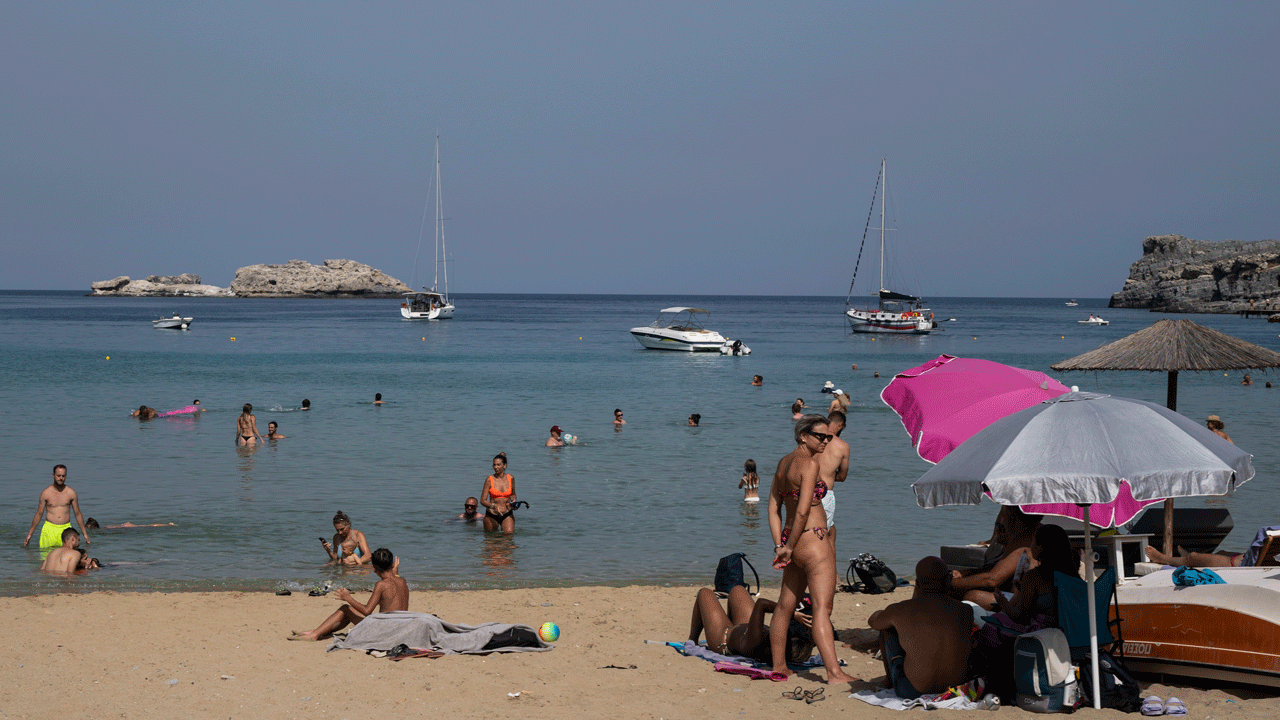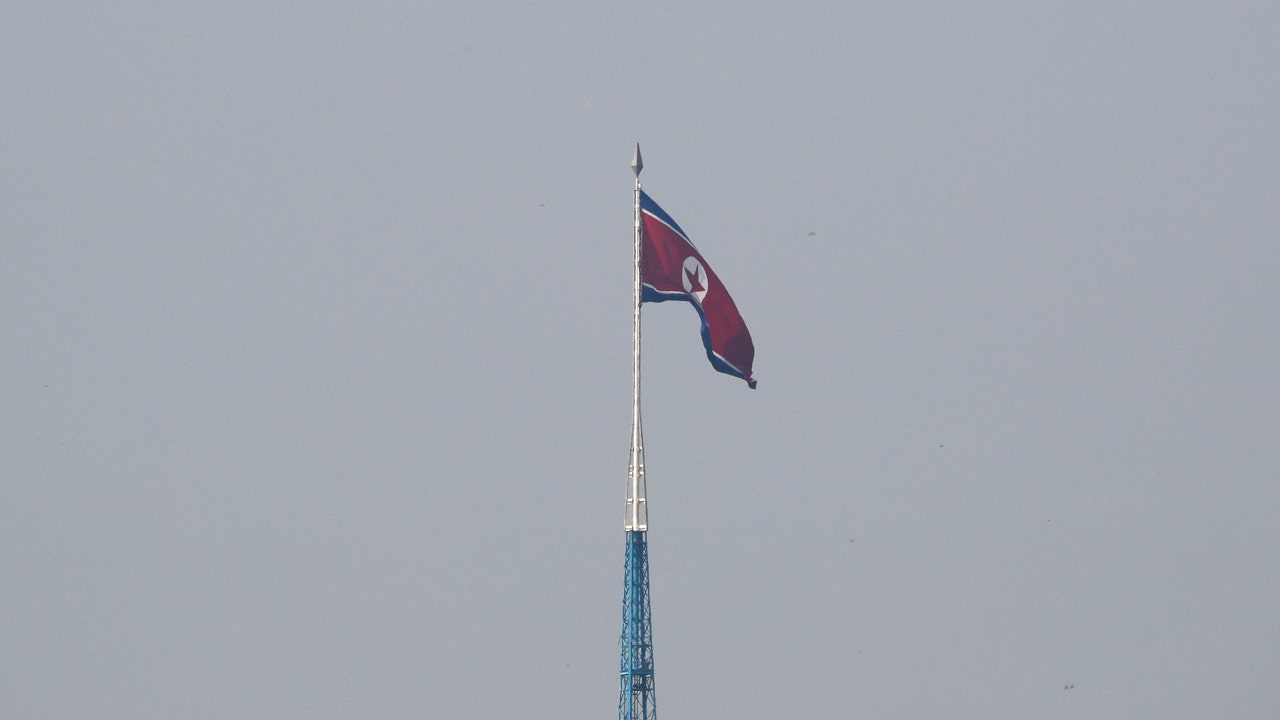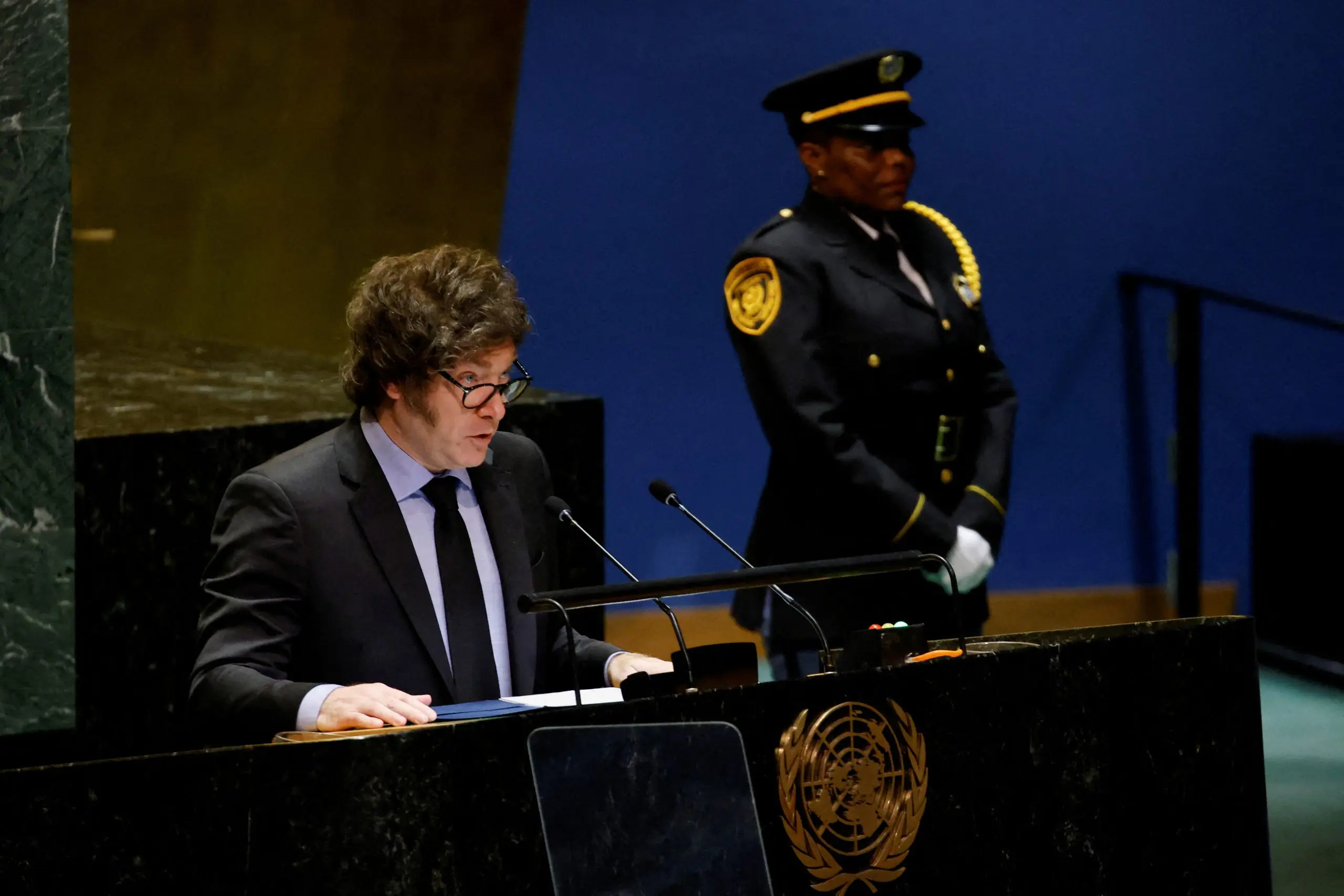An American institution sponsors an exhibition by a Chinese artist in collaboration with a Japanese architect at a centuries-old Venetian building.
This is the kind of far-flung constellation that can only come together during the Venice Biennale, when the historic Italian lagoon city turns into contemporary art’s grandest stage. While the Biennale itself is famed for its national pavilions, scores of collateral exhibitions, some organized independently, proliferate.
One of this year’s starriest independent collaborations pairs up two masters of form: Zeng Fanzhi, 60, the Beijing-based painter, who is best known for his virtuosic, monumentally scaled canvases that fluidly traverse abstraction and figuration, and Eastern and Western traditions, has teamed with the architect Tadao Ando, 82, the Osaka-based, self-taught Pritzker Prize winner. Ando sculpts intricate yet airy interiors, enlivened by dramatic voids or unexpected lightwells, out of slabs of concrete.
And the matchmaker is the Los Angeles County Museum of Art, which is sponsoring a collaborative exhibition in the impressive space of the Scuola Grande della Misericordia in the Cannaregio district of Venice. “Zeng Fanzhi: Near and Far/Now and Then,” which opens April 17 and continues through Sept. 30, will feature a selection of Zeng’s new oil paintings, ranging from densely-worked studies of light and water to hallucinatory depictions of spiritual motifs like skulls or Buddhist grotto temples — alongside others in mineral pigment on paper.
Ando has conceived a minimalist exhibition design that uses the play of natural light and shadow to accentuate the interaction between Zeng’s paintings and the site, which was built in a neoclassical style in the 16th century as the home for one of Venice’s most venerable confraternities.
Ando and Zeng met a decade ago when Zeng approached Ando about designing a museum for him. (Market success has enabled Zeng to amass his own art collection.) Although the museum never saw fruition, it led to a collaboration on Zeng’s solo exhibition at the UCCA Center for Contemporary Art in Beijing in 2016, “Parcours.” Responding to the former factory space, Ando produced a dynamic exhibition design featuring free-standing walls perforated by large apertures that visually linked the different sections of the show.
“Near and Far/Now and Then” is cocurated by Michael Govan, the chief executive and director of the Los Angeles County Museum of Art, and Stephen Little, a curator of Chinese art and head of its Chinese, Korean, and South and Southeast Asian departments.
The multinational project reflects LACMA’s strategic pivot to the Pacific Rim — and in particular China, where partners include the private Yuz Museum in Shanghai — after Govan’s arrival in 2006. “We’re on the edge of the earth in Los Angeles,” Govan said in a telephone interview with The Times. “Our curators have become close to artists working in China. It seemed like a strange, poetic thing to do.”
For all that, Govan stressed, “This is a project born of friendship.”
Reinforcing their friendship, Zeng recently visited Ando at the architect’s office in Osaka in advance of the opening in Venice. The Times joined their conversation, which took place in Chinese, English and Japanese at a large wooden table in the annex, originally built as a residence for Ando. These are edited and condensed excerpts from the conversation.
How did you come to first know about each other and collaborate?
ZENG FANZHI The first building by Tadao Ando that I ever saw was 21_21 Design Sight in Tokyo. I was amazed by the architecture, because the site seemed so limited from the outside but the building was so expansive on the inside. I knew I had to get in touch with Ando and started researching his other works, such as Church of the Light [in Ibaraki, Osaka Prefecture] and his museum projects. His architecture can match any kind of artwork, from paintings to installations. It’s uncanny how the building makes its presence felt one moment and then disappears the next.
TADAO ANDO Zeng and I first met in 2014. He struck me as a really smart person, and I went to see his work and visit his studio in Beijing. Whereas so much contemporary art is direct and in your face, his painting is rooted in the Chinese monochromatic tradition, which gives it a profound depth. Zeng’s dynamic use of color and his fusion of classical and modern, Eastern and Western sensibilities, also speaks to me. At a time of so much conflict around the world, I believe his artistic vision, which serves as bridge between Eastern and Western cultures, has a role to play in promoting a message of world peace.
ZENG Thank you for your incredible compliment. I’ll do my best to live up to it.
ANDO Your works have sold for huge sums in the United States [the artist’s record is $23.3 million in 2013, for his painting “The Last Supper”]. But it’s not just about money. It shows how sharp the eyes of collectors are over there. I bet it’s a tough world to navigate, because you’re forging your own path. But I was surprised by how gentle you were when we met in person. There are many challenges in trying to do something that’s never been done before. I want you to keep forging ahead.
The Scuola Grande della Misericordia was founded as a charitable association. Over the centuries the building has also served as a barracks, a warehouse and a sporting club. How did you approach the history from your different perspectives as an artist and an architect?
ANDO Zeng picked an excellent site. The building dates back to some 500 years ago. I wanted to create an exhibition design that inherits that world from 500 years ago and extends it 500 years into the future, so that people will remember it even then. I wanted to make something no one has ever seen before.
I wanted to express the profound depth of Zeng’s worldview. Visitors will be able to feel that depth as they see how light, shadow, and time merge in the space. It will be a place for spiritual reflection. Obviously there will be huge crowds in Venice, but, to be honest, if I had my way no more than 20 or 30 people would be allowed in at any time.
ZENG Your plan for the main hall on the ground level reminds me of the multiperspectival spatial composition of a Chinese landscape painting. It’s like we’re looking from one side of a river to the other, and the play of light and shadow on the floor evokes the movement of the water, while my large painting at the end of the hall is like a mountain in the far distance, and the intervening space is empty. Then, on the upper level, your deployment of free-standing partitions aligned on an axis of progressively larger apertures evokes the perspectival composition of Western painting, with everything organized structurally around a single vantage point.
Your design achieves a synthesis of Eastern and Western philosophies of painting, all presented through architecture. It inspired me as I worked on the paintings for the exhibition.
How do you exchange ideas across different languages and practices?
ANDO I look at Zeng’s paintings and then come up with ideas in response. It’s important for architects to look closely at an artist’s work and really understand it.
ZENG We exchange ideas without language, through visual thinking. I often spend days looking at Ando’s renderings until I have a good feel for them. It’s similar to when I make a work on paper. I always use richly textured handmade paper. I can spend days looking at a sheet of paper before I get out my brush, because the paper in a sense tells me what to paint. Usually Ando’s first design is already amazing and then it’s just a matter of fine-tuning. As a painter, I really respond to Ando’s use of negative space. He has an innate sense of space and light that simply can’t be taught. It’s genius.
ANDO About a decade ago I underwent major surgery to remove five of my internal organs. It’s a miracle I’m still alive. I’m sure you will go on making great exhibitions, but I want you to keep working hard to create a world where art can lead the way to peace.






